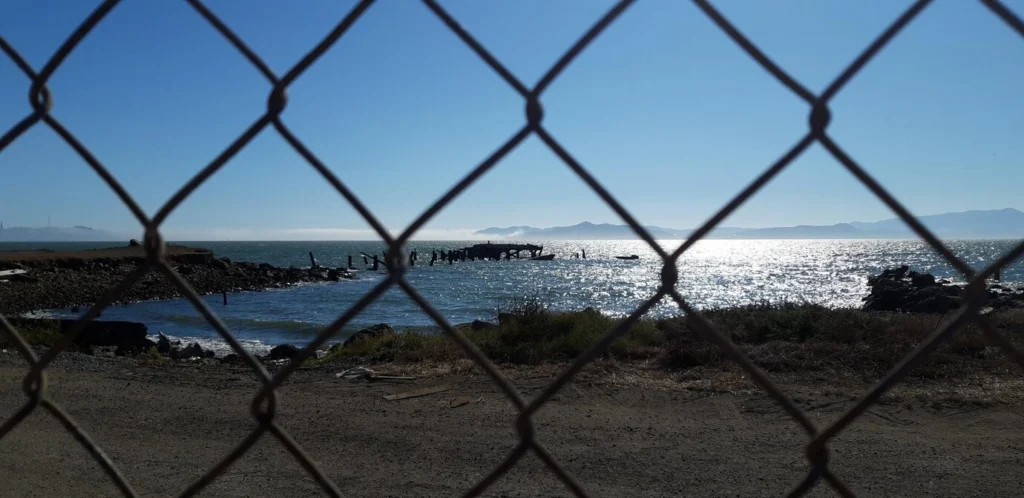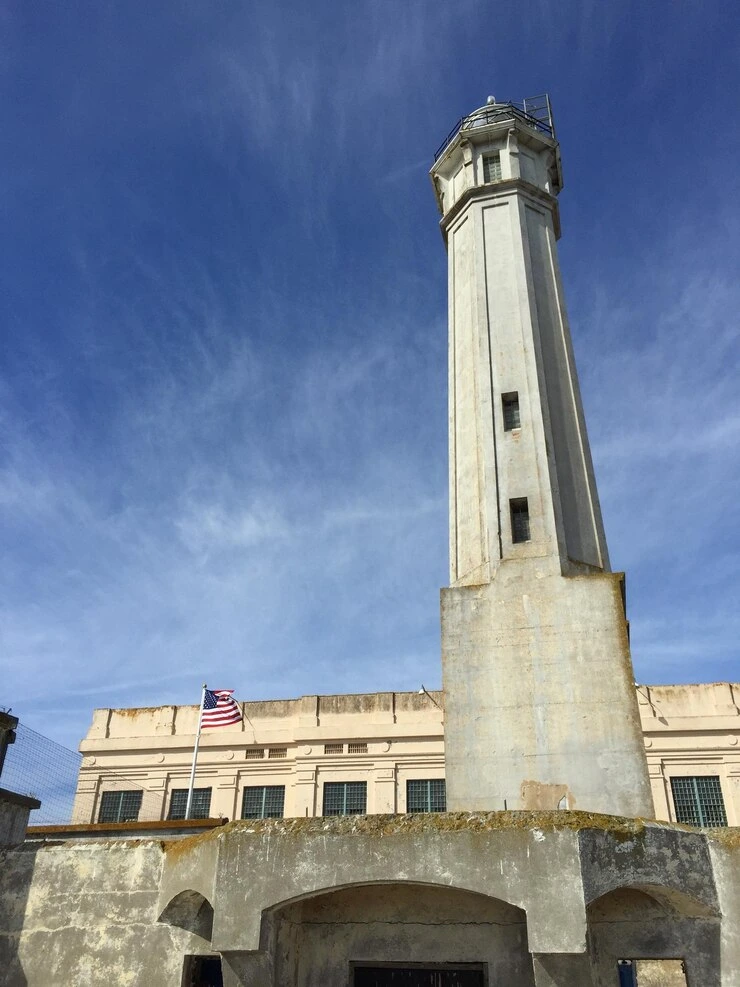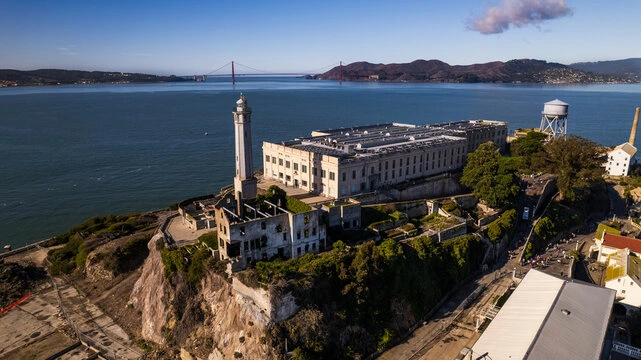In a move that has stirred national debate and reignited fascination with one of America’s most notorious landmarks, former President Donald Trump has announced plans to reopen Alcatraz Federal Penitentiary. The announcement, made during a campaign-style speech and reiterated via his Truth Social account, promises a “substantially enlarged and rebuilt” version of the historic prison to house what he called the “worst of the worst” offenders.
Alcatraz Island, once a symbol of maximum security and isolation, was decommissioned as a prison in 1963 and has since transformed into a major tourist destination and historical site. Now, Trump’s directive to the Department of Justice, Bureau of Prisons, and Department of Homeland Security aims to breathe new—and controversial—life into the infamous fortress.
This article dives into the announcement, explores the historical significance of Alcatraz, examines public reactions, and considers the broader implications of reviving such a notorious symbol of American justice.

The Announcement: A Return to ‘Law, Order, and Justice’
On May 4, 2025, Trump declared his intention to reopen Alcatraz as part of a wider campaign centered on crime, national security, and symbolism. In a striking post, he wrote:
“I am directing the Department of Justice, Bureau of Prisons, the FBI, and Homeland Security to work closely together in reopening a substantially enlarged and rebuilt ALCATRAZ to hold the most dangerous and violent criminals in the entire country.”
This bold move aligns with Trump’s long-standing “law and order” rhetoric, suggesting that the reopening of Alcatraz would serve as both a practical correctional facility and a symbol of zero tolerance for crime. While no specific budget or construction timeline was announced, the message was clear: Trump wants to send a strong statement that crime will face the harshest possible consequences.
Interestingly, Trump also alluded to “a new era of justice,” indicating that the revamped facility would operate under stricter terms than current prisons. Though critics have pointed out the political theater of the move, the announcement has sparked a wave of media attention and speculation.

Alcatraz Through the Ages: From Fortress to Folklore
Before becoming a federal penitentiary, Alcatraz served as a military fortress and disciplinary barracks. Located on a rocky island in San Francisco Bay, its isolation made it ideal for holding prisoners considered escape risks or security threats.
From 1934 to 1963, it housed some of America’s most infamous criminals, including Al Capone, Robert Stroud (the “Birdman of Alcatraz”), and George “Machine Gun” Kelly. It was known for its brutal conditions and reputation as inescapable—though the mysterious 1962 escape of three inmates has remained a source of speculation and legend.
After its closure due to rising operational costs and deteriorating infrastructure, Alcatraz was taken over by the National Park Service and eventually opened to the public in 1973. Since then, it has become a top tourist destination, attracting over 1.4 million visitors annually.
Any plans to return the island to its prison roots would face significant logistical, legal, and conservation hurdles—not to mention public backlash from those who consider the island a vital piece of American heritage.

Public Reaction: Supporters, Skeptics, and the Politicization of Justice
The reaction to Trump’s Alcatraz proposal has been as polarized as the man himself. Supporters argue that a super-max facility like Alcatraz could help solve issues related to overcrowded prisons and a perceived rise in violent crime. To them, reopening Alcatraz sends a message that serious criminals will face serious consequences—no more leniency or “country club” prison conditions.
Critics, however, are more skeptical. Many see the move as a publicity stunt aimed at energizing Trump’s base rather than a well-thought-out policy. Former House Speaker Nancy Pelosi, whose district includes San Francisco, dismissed the idea as “an absurd resurrection of political theater.” Others point out the enormous cost and impracticality of renovating the aging facility, which would need to be completely modernized to meet today’s correctional standards. Human rights organizations have also weighed in, warning that reintroducing a symbol of extreme isolation and punishment could undermine efforts to reform the criminal justice system toward rehabilitation and humane treatment.

What Comes Next: Legal, Logistical, and Symbolic Hurdles
Transforming Alcatraz back into a functioning prison won’t be easy. First, there are significant legal issues—Alcatraz is a designated National Historic Landmark managed by the National Park Service. Reclaiming it for incarceration purposes would require legislative action, environmental reviews, and possibly even Supreme Court challenges.
Then there’s the question of logistics. Alcatraz’s aging infrastructure would need to be completely overhauled to comply with modern standards for sanitation, safety, and inmate rights. Transporting staff, supplies, and inmates to and from the island on a regular basis would pose enormous operational challenges.
Finally, there’s the symbolic impact. What does it mean for America to resurrect one of its harshest prisons in the 21st century? Does it reflect a serious policy shift—or a nostalgic nod to a bygone era? The answers to these questions will likely shape political and public discourse in the months ahead.
Conclusion
Trump’s proposal to reopen Alcatraz has thrust the island back into the national conversation—not just as a historical curiosity, but as a modern political symbol. Whether it becomes reality or remains rhetoric, the idea taps into deep questions about justice, punishment, and American identity.
As the country grapples with crime, reform, and political division, Alcatraz may once again become more than a tourist attraction—it could become a battleground for the future of American incarceration.
Table of Contents
Trump says he will reopen Alcatraz prison | AP News
Children Fall Ill in India After Dead Snake Found in School Meal – trendsfocus